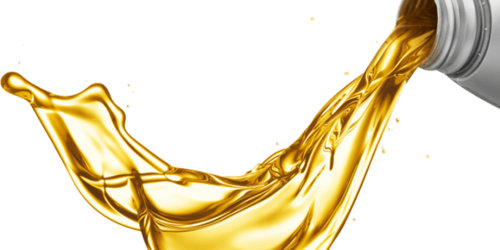Production of base oils using modern catalytic processes (part 1)
In recent years, new processes based on catalytic hydrogenation have replaced some solvent-based refining processes and have been introduced as a different method for removing unsuitable compounds from the base oil. Base oils produced in catalytic processes are of higher quality than oils produced based on solvent application methods.
The types of reactions that occur in the catalytic processes of hydrogenation are:
- Hydrogenation of aromatics and other unsaturated molecules
- Open rings, especially multi-ring combinations
- Breaking heavy molecules and producing molecules with lower molecular weight
- Isomerization of alkanes and alkyl side chains
The intensity of each of these reactions is determined by the types of catalysts used and the process conditions and feed compositions. Hydrogen-based base oils usually have the same level of quality as Group II and III oils in the API classification.
Under harsh conditions, the hydrogenation of aromatics and the reactions that lead to the opening of the ring reduce the aromatic compounds present in the base oil. Of course, reactions are not limited to hydrogenation and ring opening. Hydrocracking reactions that lead to molecular weight loss are also very important in this process.
The roots of hydrogen base oil production go back to previous attempts to liquefy coal using high hydrogen pressures. According to the results obtained by Bergias, the first operational unit has started its activity in Germany.
Following a key contract between the German company IG and the American Standard Oil Company, large hydrogenation plants were built in Louisiana and New York to produce base oil, but the use of hydrogenation and hydrocracking was used to produce base oil in the 1970s. Became common.
In the preparation of base oil using the traditional method of solvent extraction using the separation of undesirable materials from vacuum distillation products, the base oil is produced, while in the production method using hydrogenation and hydrocracking processes, the chemical structure of oils is changed.
On the one hand, unstable compounds (sulfur, nitrogen, oxygen) are converted to stable compounds during the chemical process, and on the other hand, reactions such as saturation of aromatic compounds, opening of the ring of naphthenic compounds and isomerization of compounds that improve the quality of base oil are produced.

